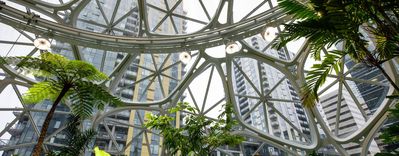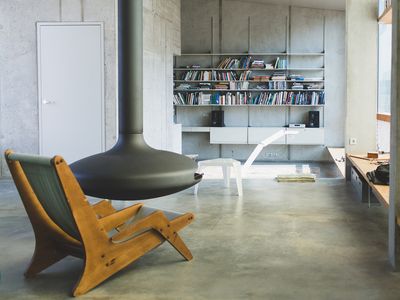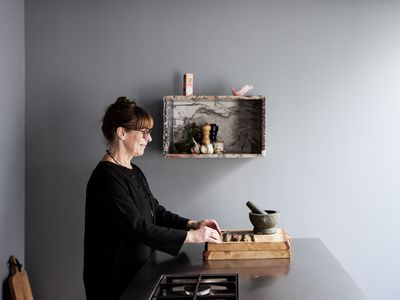Author: Martin Allen-Smith, Editor of Designer Kitchen & Bathroom magazine
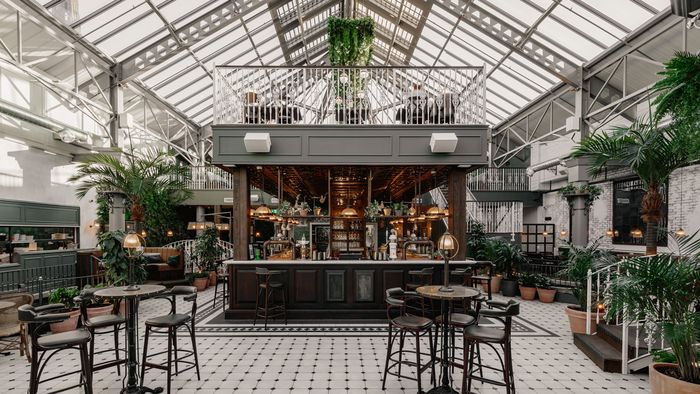
Good architecture and interior design is all about connections; connections between the different spaces in the home or workplace, and the way in which the homeowner or worker interacts with the space. But in so many buildings, one thing usually missing is nature. The spaces we occupy are all too often devoid of anything pertaining to the outside, other than – if we’re lucky – a nice view out of the window. Even that is a lot to ask in many cases, with research by building research group BRE suggesting that 60% of office workers do not have sufficient access to daylight.
Biophilic design aims to create and reinforce connections between natural and man-made environments, bringing not just a more attractive aesthetic, but a host of proven physical and mental health benefits to those occupying the buildings, with research suggesting that it can make workers more productive in offices that have been designed this way, or patients better equipped for recovery in hospitals that have adopted a nature-inspired approach.
The trend for using biophilic design principles is a little more mature in the commercial sector, with office space planners having utilised such techniques for many years. Landmark buildings include the HQ of British Airways at Waterside, near Heathrow, which is seen as something of a UK pioneer of blending nature with the workplace, and Maggie’s Centre in Lanarkshire, which has been designed to break down the visual – and literal – barriers between the indoor environment and the nature that surrounds it.
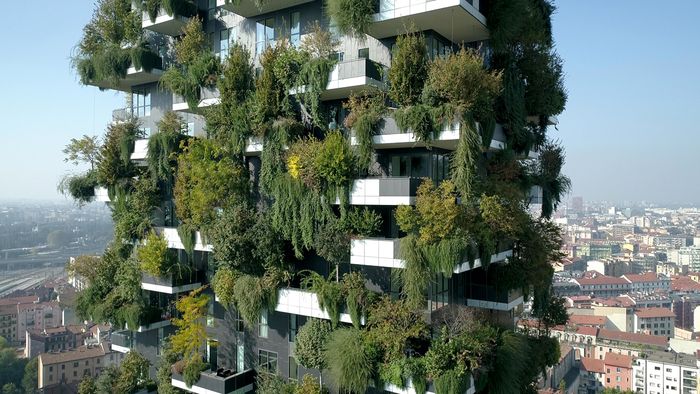
Biophilic Design expert Oliver Heath believes that the current interest in biophilic design is an extension of the sustainable architecture movement. “For a long time, the conversation was around sustainability and how we reduce our use of basic resources, such as water and electricity. This was to reduce costs but also to reduce the building’s impact. Now, the conversation revolves around the fact that a massive part of a building’s costs is the people in it and that 90% of the cost is paid out in salary and benefits. So there is a massive opportunity here to support and nurture people in a way that can reduce stress and increase productivity. This means there is a very strong business case for biophilic design.”
There is an assumption that biophilia is based on green principles, but in reality, this is less about being seen as environmentally-friendly. At its heart, is a very people-centric approach to interior design. Heath acknowledges that the market is currently being led by spaces where money is involved – hospitality, healthcare, educational establishments, offices – through increased productivity, engagement and a reduction in absenteeism. So why is biophilic design less often considered for use in a residential context? Heath says: “When translated into the home it becomes more complicated as it is very difficult to measure the success of a home or things like happiness. What we’re interested in is how a space might support us and nurture us after a long day, or how it might pick us up, invigorate us and energise us at the beginning of the day.”
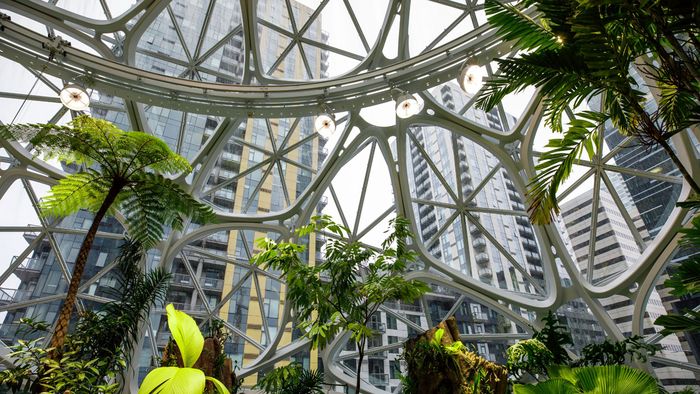
But he admits that we can learn a lot from these commercial spaces and how they are incorporating biophilic design and we can apply these lessons to our own homes. He is particularly interested in how biophilic design can be used to create a sensory space in the bathroom and his recent white paper for Gerberit – The Science behind the Sensory Space – explores how our choice of materials, textures, colours and patterns can help to deliver restorative and recuperative spaces that are designed for sensory wellbeing. He says: “Increasingly, good design is less about how spaces look and more about how they make us feel – seeking to improve both mental and physical wellbeing through a multi-sensory approach.”
In some ways, biophilic design feels like a fresh topic when in fact, it is a fairly new name for quite an old concept, which is living more in harmony with where we come from, the outside, natural world. That typically means spaces and interiors that have a respect for the planet and are therefore sustainable, and which also have an element of human wellness.
At a recent roundtable discussion event organised by Designer Kitchen & Bathroom magazine and hosted by bathroom brand Hansgrohe, Founder of Biofilico design consultancy Matt Aspiotis Morley explained: “If you accept that a greater connection with nature brings a positive impact to the user experience and on human health then you’ll generally have more respect for the planet and its resources. It would be a completely dissonant approach were you not to have both at the same time. It's a fine point with biophilic design. People think it’s ‘green stuff’. It is, but there is a lot more to it than that. We will consider water, air, sound, scent – it's a very multi-sensory approach but it is ultimately very equally balanced with sustainability.”
Another panellist at the event was Bill Dunster OBE, architect and founder of ZEDfactory, a practice specialising in zero-carbon homes. He suggested that we could be looking at a real shift in design and architecture mindset that may open the door to a healthier, carbon neutral future. “It’s about the wider relationship with the natural world – it's not just visual or tactile. What’s interesting is how this new understanding of building physics and green technology completely changes the aesthetics. If taken seriously, it can lead to the contemporary vernacular. There will be a ‘carbon neutral vernacular’ that will come – it's the zeitgeist that is yet to arrive.”
Whatever the pace of change may turn out to be, what seems certain is that for many forward-thinking designers and consumers alike, it is to nature that we are likely to be turning for true inspiration during the years ahead.
Martin Allen-Smith is Editor of Designer Kitchen & Bathroom magazine

